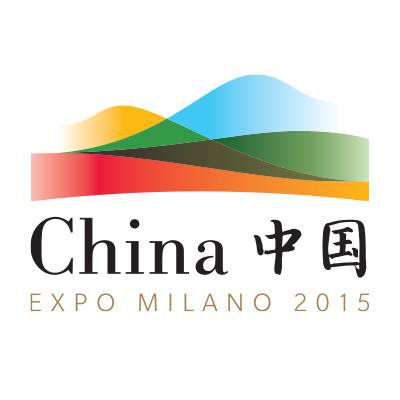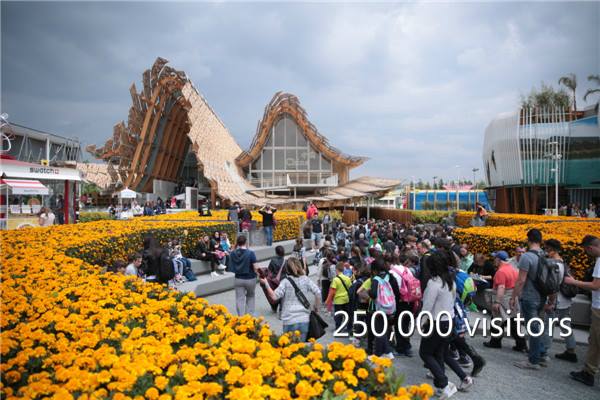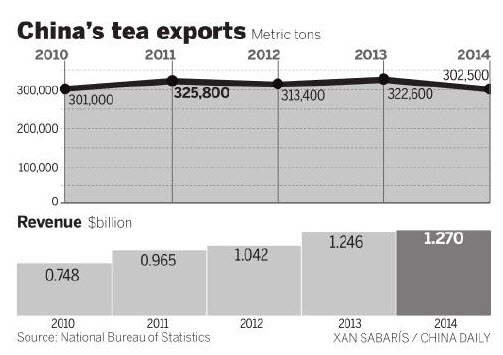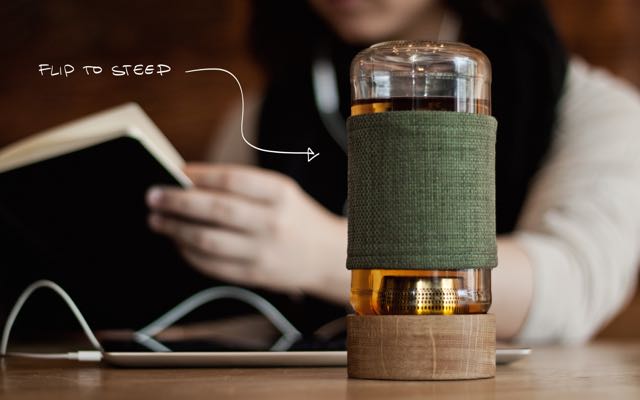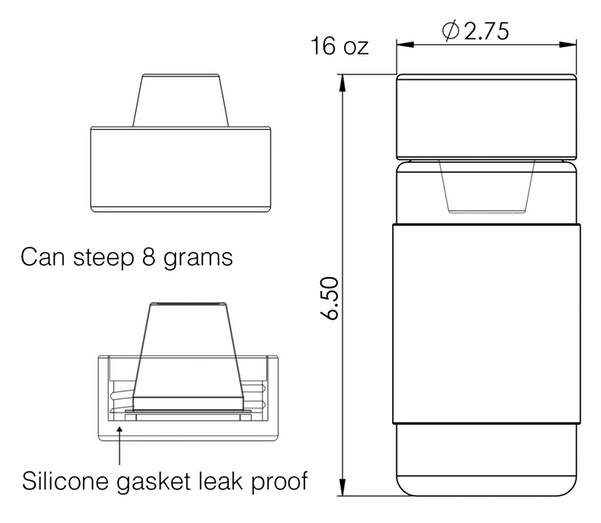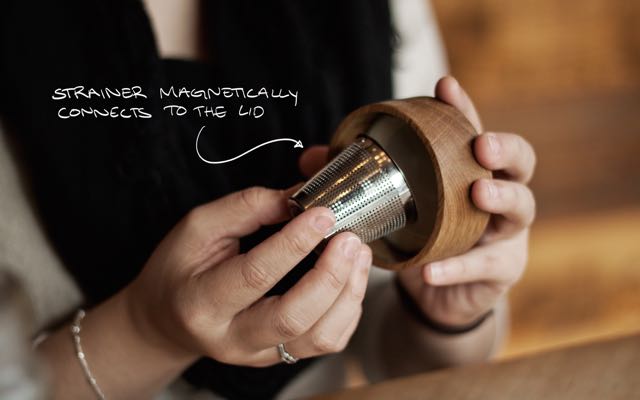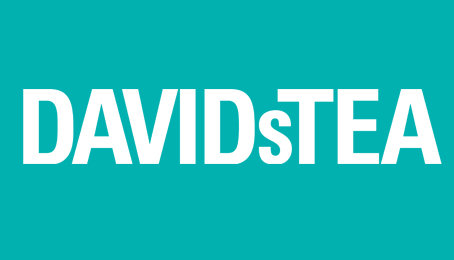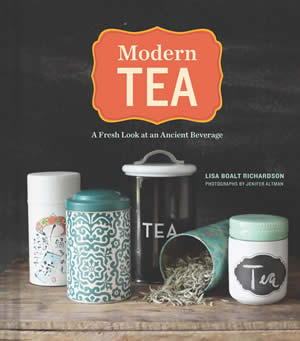World Tea Expo was acquired last week by Penton, a large New York based business-to-business publishing company with a portfolio of trade events serving the natural food industry.
 The transition of the tradeshow, the North American Tea Championship, the World Tea Academy and World Tea News from Ohio-based F+W Media, A Content + eCommerce Company is underway. Terms were not disclosed.
The transition of the tradeshow, the North American Tea Championship, the World Tea Academy and World Tea News from Ohio-based F+W Media, A Content + eCommerce Company is underway. Terms were not disclosed.
Penton announced that Group President Fred Linder will oversee World Tea Expo as part of Penton Exhibition Services which supports more than 100 Penton events across five sectors. Linder also runs the company’s New Hope Network.
 “An essential element of our strategy is to focus on high-growth sectors and extend leadership positions. World Tea Media is at the forefront of the U.S. tea industry and is poised to double its size over the next five years,” said Linder. “This portfolio of events and digital products perfectly complements our assets. We have the ability to nurture and grow entrepreneurial businesses through our understanding of consumer behavior, product innovation, future trends and exceptional relationships,” he said.
“An essential element of our strategy is to focus on high-growth sectors and extend leadership positions. World Tea Media is at the forefront of the U.S. tea industry and is poised to double its size over the next five years,” said Linder. “This portfolio of events and digital products perfectly complements our assets. We have the ability to nurture and grow entrepreneurial businesses through our understanding of consumer behavior, product innovation, future trends and exceptional relationships,” he said.
“The show will remain a standalone with World Tea Media operating as a separate entity,” said Kate Spellman, Chief Marketing Officer at Penton.
Key staff members were retained including Event Manager Samantha Hammer Mitchell, Education Program Manager Monique Hatchett, Customer Service Manager Edie Gillette and Tea Academy Director of Online Education Donna Fellman. Hammer Mitchell is a former Penton event manager.
“We’re excited to work with the team at World Tea Media to further extend their value as an information resource for the global tea industry, with an emphasis on the growing specialty, premium tea and healthy beverage segments,” said Linder.
Penton dominates the publishing sector for marketers of natural consumer packaged goods brands, retailers, suppliers, and investors. The Natural Products Expo East and West tradeshows have grown by 20%, according to the release. There were 2,700 exhibiting companies and 634 first-time exhibitors in 2015.
 Natural Products West annually draws more than 75,000 attendees to Anaheim. Expo West and the smaller Natural Products East currently host a big selection of tea vendors, many of whom previously exhibited at World Tea Expo. The list of more than 200 exhibiting tea companies includes AOI, Argo Tea, Bigelow, Choice Organic, Davidson’s Organic, Harney & Sons, Hain Celestial, Inko’s Tea, Mighty Leaf, Stash Tea Co., Steaz, Teapigs, Traditional Medicinals, Third Street Chai, Twinings, and Zhena’s Gypsy Tea. Click here for a list of tea exhibitors at the March 2016 Expo West. Click here to see a list of tea exhibitors scheduled to attend the June 2016 World Tea Expo.
Natural Products West annually draws more than 75,000 attendees to Anaheim. Expo West and the smaller Natural Products East currently host a big selection of tea vendors, many of whom previously exhibited at World Tea Expo. The list of more than 200 exhibiting tea companies includes AOI, Argo Tea, Bigelow, Choice Organic, Davidson’s Organic, Harney & Sons, Hain Celestial, Inko’s Tea, Mighty Leaf, Stash Tea Co., Steaz, Teapigs, Traditional Medicinals, Third Street Chai, Twinings, and Zhena’s Gypsy Tea. Click here for a list of tea exhibitors at the March 2016 Expo West. Click here to see a list of tea exhibitors scheduled to attend the June 2016 World Tea Expo.
The Penton press release explains the company “has created a formula to nurture and grow innovative entrepreneurial businesses in emerging markets into large retailers with mass distribution. Penton also has the ability to tap into large food manufacturers through its leading food brands — Multi-Unit Food Service Operators Conference (MUFSO), Nation’s Restaurant News (NRN) and Supermarket News.
Penton will combine its learning’s from both the natural products and food marketplaces to accelerate the growth of tea and beverage companies, according to the release. Penton is a private company owned by MidOcean Partners and Wasserstein & Co., LP. The company “empowers nearly 20 million business decision makers in markets that drive more than 12 trillion dollars in purchases each year,” according to the release.
Jim Ogle, acting CEO at F+W said that when the company acquired World Tea Media “we set our sights on healthy beverage, coffee, and food markets. However, our core competency has been and will remain in our enthusiast, niche communities. We know the World Tea brand and our team is going to be a great fit with our colleagues at Penton.”
F+W is experiencing a reorganization following the departure of Chairman and CEO David Nussbaum. Founded as a traditional publisher, since 2008 F+W has grown its ecommerce business from one store and $6 million in revenue to 31 individual ecommerce stores with expected revenue in excess of $65 million for 2015, according to an interview with Nussbaum in Publishing Executive.
World Tea Expo launched a dozen years ago in Las Vegas. It was operated by George and Kim Frost Jage for a decade before they sold to F+W in January 2012. The couple continued to manage the event through 2013. Two years ago the show moved to Long Beach, Calif., where the latest edition was produced last May.
World Tea on the Road scheduled for Oct. 10-11 in Boston was canceled. The next roadshow is a Chicago event scheduled for Nov. 7-8. Click here to register.
Ten years ago the show was among the fastest growing in the U.S. Exhibitors numbered more than 300 and attendance topped 5,000 but has since declined. Expo retained a reputation for superior retail training and its educational program however and has spawned several related services including the widely distributed weekly World Tea News, tea championships and tea academy.
World Tea Expo
The next Expo will return to Las Vegas June 15-17, 2016 at the Las Vegas Convention Center. Pre-conference programs begin June 13-14. There are currently 150 exhibitors listed for the show. World Tea Expo focuses on the premium tea segment including Chinese, Taiwan, Indian and Korean exhibitors as well as many U.S. based tea vendors. Firms purchasing significant space on the show floor include International Tea Importers (ITI), Teas Etc., QTrade Teas & Herbs and similar mid-sized tea importers and blenders. Attendees include buyers with purchasing influence representing grocery chains, mass merchandisers, independent retailers, tea shops and coffee houses from the U.S. and 46 countries.
World Tea Academy
An online tea certification and education program for professionals launched in 2014. It is managed by Donna Fellman. The program has graduated 233 students from 29 countries. The majority who enroll are from the U.S. and Canada. Courses cost $325 to $400. “Test only” certifications are $125. There is a core curriculum presenting courses on essentials and advanced courses. Some of the more popular are the biochemistry of tea, presentation and blending, and understanding tea culture.
North American Tea Championships
The next competition is the 2015 Packaged Single Service Class which for the first time will accept K-Cups. The entry deadline is Oct. 30. Click here for a list of the Spring Harvest Class winners July 30-31.
World Tea News
Launched in 2005, the newsletter was distributed to 2,000 readers every two weeks. Founder George Jage described a mission “to deliver clear, concise updates on trends, breaking news and product releases. Buyers have limited time and they need brief but focused information to best understand this increasingly popular and powerful beverage category,” he said. The newsletter was re-launched in 2011 with delivery to 14,000 readers. The next weekly issue is scheduled for delivery Tuesday.
Sources: World Tea Media, F+W, Penton.
? ? ?
Tea Biz serves a core audience of beverage professionals in the belief that insightful journalism informs good decision-making in business. Tea Biz reports what matters along the entire supply chain, emphasizing trustworthy sources and sound market research while discarding fluff and ignoring puffery.
Tea Biz posts are available to use in your company newsletter or website. Purchase reprint and distribution rights for single articles or commission original content. Click here for details.

